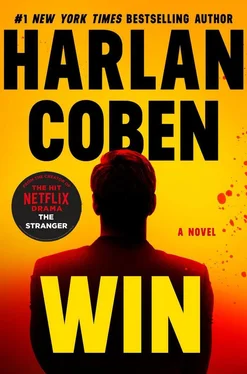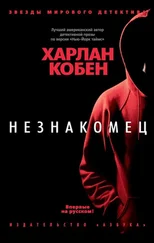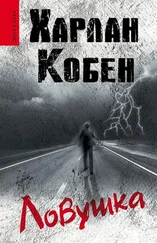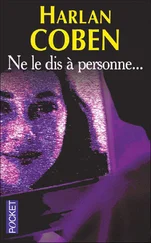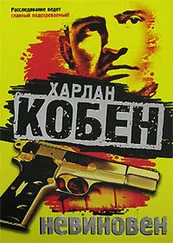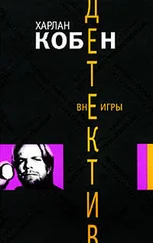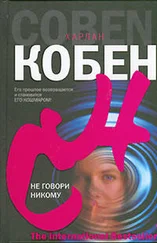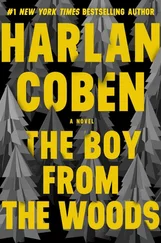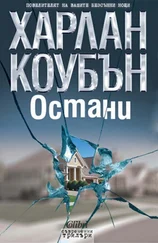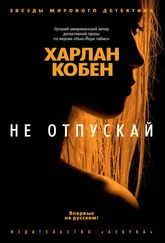“You went to Malachy’s for the first time on your wedding day?”
“I was getting married,” he says, emphasis on the “married.” “Who’d blame a man for needing a stiff drink or two beforehand?”
“Not I.”
“My Esmeralda was so beautiful. Big as a barn. She wore a bright yellow wedding dress. In our wedding pictures, I look like a tiny planet orbiting a giant sun. But beautiful.”
“And what’s Reason Three?” I ask.
“You may be too young, but did you ever see the TV show Batman ?”
“Oh yes.” This, I think to myself, is kismet. Myron and I have watched every episode at least a million times. I nod. “Adam West, Burt Ward—”
“Exactly. The Riddler, the Penguin, oh, and don’t even get me started on Julie Newmar as the Catwoman. I would have ripped off Esmeralda’s right arm and slapped myself silly with it, just to sniff Julie Newmar’s hair. No offense.”
“None taken.”
“And nowadays, we have all these” — finger quotes — “‘method’ actors losing a hundred pounds or whatever to play the Joker, but back then? Cesar Romero didn’t even bother shaving his mustache. Just threw white makeup over it. That, my friend, was acting.”
I see no reason to disagree. “And Reason Three?”
He scoffed. “I thought you were a fan.”
“I am.”
“So what villain appeared in the very first episode?”
“The Riddler,” I say, “played by Frank Gorshin.”
“Correct answer — and when did it first air?” Frankie Boy smiles and nods. “January 12, 1966.”
I want to kiss this man.
“So to summarize,” I say, “on your wedding day, you went for drinks at Malachy’s, and then you watched Batman debut on TV.”
Frankie Boy nods solemnly and stares down at his drink. “Fifty years later, Malachy’s is still in my life. Fifty years later, I can still watch Batman on my old VCR.” Big shrug. “But Esmeralda? She’s long gone.”
We drink in silence for a moment. I need to get to the point of my visit, but I’m really enjoying this conversation. Eventually, I work my way to asking Frankie Boy whether he remembers a waitress or barmaid named Sheila or Shelly or something like that — I hope that perhaps Lake Davies slipped up and gave me the real name — and he scratches his head.
“Kathleen?” he shouts.
“What?”
“You remember a Sheila who worked here a long time ago?”
“Huh?” Kathleen is smiling, but I detect something awry in her body language. Perhaps it is the smile that suddenly seems forced. Perhaps it is the way her grip tightens on the beer tap. “Who wants to know?”
“Our good-looking friend Win here,” Frankie Boy says, slapping my back.
Kathleen heads back toward us. She has the dishrag over her shoulder. “Sheila what?”
“I don’t know,” I say.
She shakes her head. “Don’t remember a Sheila. How about you, Frankie?”
He shakes his head too, and jumps down from the stool. “Gotta take a massive wiz,” he tells us.
“With your prostate?” Kathleen counters.
“Let a man dream, will ya?”
Frankie Boy hobbles off. Kathleen turns back to me. She has the kind of expression that tells you she has seen it all at least twice. Google “world weary” and her photograph pops up.
“When would this Sheila have been here?”
“1975 or thereabouts,” I say.
“Seriously? That’s like, what, more than forty years ago.”
I wait.
“Anyway, I didn’t start working here until three years later. Summer of 1978.”
“I see,” I say. “Anyone still here from those days?”
“Let me think.” Kathleen glances up at the ceiling to make a show of thinking this over. “Old Moses in the kitchen would have been here, but he retired for Florida last year. Other than that, well, I’m the most senior employee, I guess.” With that subject dismissed, she points to my empty glass and says, “Get you another, hon?”
There is a time for the subtle. There is a time for the blunt. I confess that I am far better with the blunt. With that in mind, I ask: “So what about the famous fugitives who hid in the basement?”
Kathleen rears her head back and blinks. “Huh?”
“Have you ever heard of the Jane Street Six?”
“The what?”
“How about Ry Strauss?”
Her eyes narrow. “That name rings a bell, I think. But I don’t see—”
“Ry Strauss and his girlfriend Lake Davies were wanted for murder. They hid in Malachy’s basement in 1975.”
She doesn’t reply for a few moments. Then she says, “I’ve heard a lot of legends about this place, but that’s a new one.”
But her voice is softer now. Kathleen, I’ve observed, usually plays for the entire bar, even in one-on-one conversations, as though the bar is a stage and she wants as big an audience as possible for every encounter.
Now suddenly she wants an audience of only one.
“It’s the truth,” I say.
“How do you know?”
“Lake Davies told me.”
“One of the fugitives?”
“She was caught and served her time.”
“And she told you she hid in this bar?”
“In the basement, yes. She told me a kind barmaid named Sheila looked after them. She said the kind barmaid saved her.”
We stare at one another for a moment.
“Doubt it,” Kathleen says.
“Why?”
“Ever been in our basement? I don’t think anything outside the mold family could survive down there.”
She cackles again, but it is far less organic now. As if on cue, a burly man on the far end of the stools slaps his hand down on the bar and gleefully shouts, “Got it!”
Kathleen yells, “What, Fred?”
“A cockroach as big as one of those park pigeons.”
Kathleen smiles at me as if to say, See what I mean?
“I don’t think Lake Davies made it up,” I say.
Her reply starts with a shrug. “Well, if she’s like those other crazy radicals from back then, maybe she dropped too much acid and imagined it.”
“Funny,” I say.
“What?”
“I never mentioned that she was a radical.”
Kathleen smiles and leans a little closer. I get the cigarette smell again, though it’s not entirely unpleasant. “You said the Jane Something Six or whatever, and then I remembered they bombed something and killed people. Why you asking about that anyway?”
“Because Ry Strauss has never been caught.”
“And you’re looking for him?”
“I am.”
“Almost fifty years after the fact?”
“Yes,” I say. “Can you help?”
“Wish I could.” She is trying too hard to act disinterested. “Be good to see a killer like that get what’s coming to him.”
“You think so?”
“Damn straight. You a cop?”
I arch an eyebrow. “In this suit?”
She gives another tobacco-laced laugh as Frankie Boy hops back on his stool. “Fun talking to you,” Kathleen says. Then, tilting her head, she adds, “I got customers.”
She saunters away.
“Man,” Frankie Boy says, watching her with awe, “I could watch that caboose all day. You know what I’m saying?”
“I do.”
“You a private eye, Win?”
“No.”
“Like Sam Spade or Magnum, P.I.?”
“No.”
“But you’re cool like them, am I right?”
“As rain,” I agree, watching Kathleen work the tap. “As rain.”
I have over an hour before my app rendezvous with Mrs. 9.85.
The walk from Malachy’s Pub to the Beresford takes me about ten minutes. I head up Columbus Avenue and cut through the grounds of the American Museum of Natural History. When I was six years old, and my parents were still together, they took my siblings and me to this very museum. The Lockwoods, of course, got a private tour before the museum was open to the general public. One of my earliest memories (and perhaps yours) swirls around the dinosaur bones in the entrance foyer, the woolly mammoth’s tusks on the fourth floor, and mostly, the huge blue whale hanging from the ceiling in the Hall of Ocean Life. I still see that blue whale from time to time. At night, the museum hosts high-end gala dinners. I sit beneath the great whale and drink excellent scotch and look up at it. I try sometimes to see that little boy and his family, but I realize that what I’m conjuring up isn’t real or stored in my brain. This is true for most if not all of what we call memories. Memories aren’t kept on some microchip in the skull or filed away in a cabinet somewhere deep in our cranium. Memories are something we reconstruct and piece together. They are fragments we manufacture to create what we think occurred or even simply hope to be true. In short, our memories are rarely accurate. They are biased reenactments.
Читать дальше
